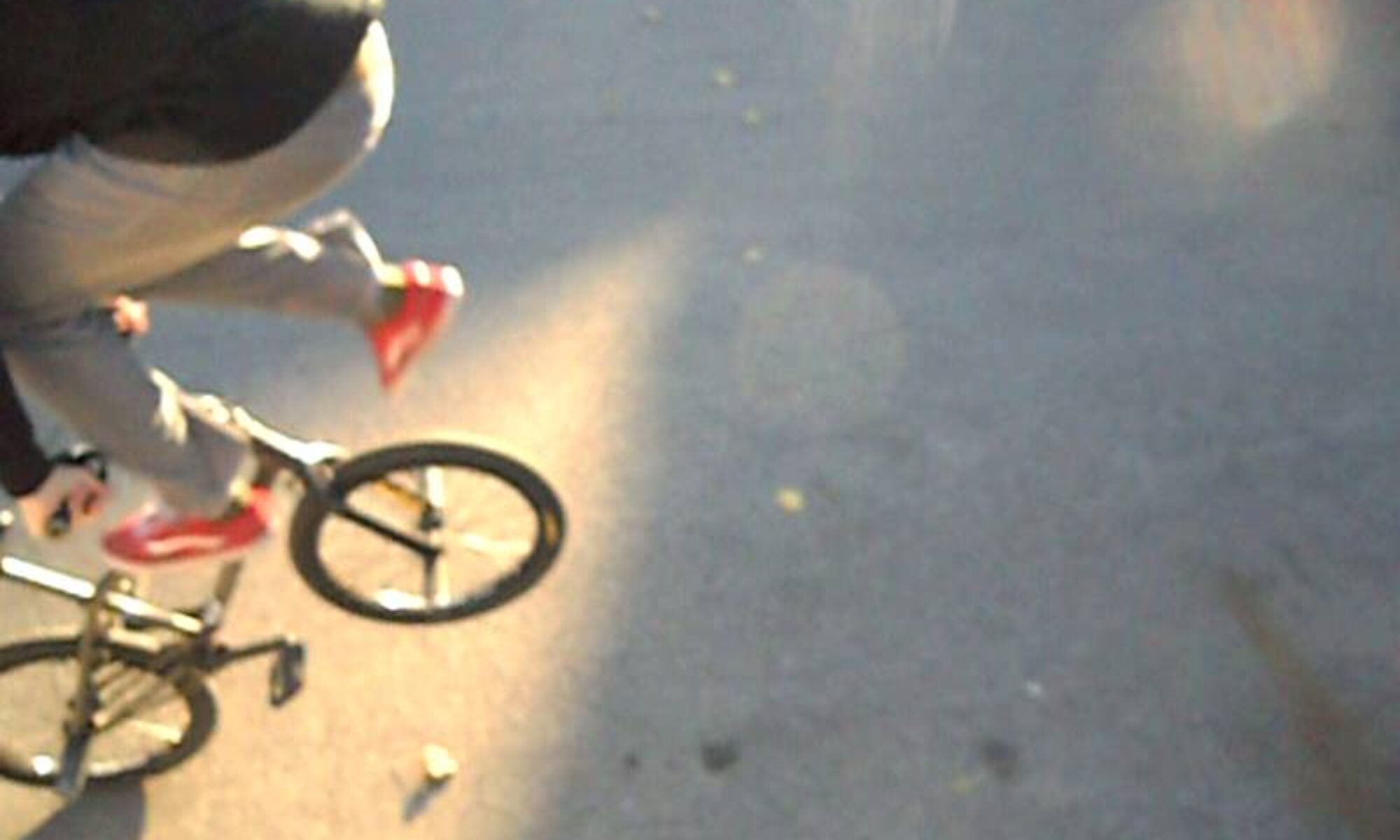Our man Steve Aylett has been busy. Not only is the Lint movie set for release next year, but he has a new collection of short stories out, and an anthology of the “Accomplice” novels, as well as a new edition of The Inflatable Volunteer, all of which would make excellent Christmas presents. There’s also this nifty item right here, but here’s the news as received from the man himself:
Smithereens collects 19 Steve Aylett stories including ‘The Man Whose Head Expanded‘, ‘The Burnished Adventures of Injury Mouse’, ‘Voyage of the Iguana’, the last ever Beerlight story ‘Specter’s Way’, ‘Horoscope’, the prophetic ‘Download Syndrome’ and the closest thing Aylett has ever written to a traditional SF story, ‘Bossanova’ (featuring a robot and two spaceships!) There are also animal-attack-while-writing reminiscences in ‘Evernemesi’ and top-of-the-line declarative bitterness in ‘On Reading New Books’. Snails, whales and cortical drills. Aylett’s last collection. Steve Aylett has been described as “utterly original” (SFX), “the most original voice in the literary scene” (Michael Moorcock), “an unstoppable master of space and time” (Asimov’s) and “the coolest writer alive today” (Starburst).
All four of Aylett’s “Accomplice” books in one volume. Revised. With introduction by Michael Moorcock. New preface. Weird graphics.
Starburst Magazine has called the books “a hugely impressive example of outrageous literary wit and uncommon good sense, demonstrating once more that Aylett is the coolest writer alive today”. SFX has called them “Bizarre, innovative and utterly original”. Collecting the titles Only an Alligator, The Velocity Gospel, Dummyland, and Karloff’s Circus, The Complete Accomplice follows the simple Barny and his friends through the intertwisted power manipulations of Accomplice, a zone where hell’s defected demons discover they can never match or out-do humanity when it comes to spectacular dishonesty and evasion. “Something this rapid shouldn’t be so intoxicating or so dense with ideas. It’s a roaring, groaning perpetual motion machine decked out as a fun fair attraction. Read it and you’ll need resuscitating” – 3:AM
There’s also a new edition of The Inflatable Volunteer out now from Raw Dog Screaming — the first publication of the book in the US, a new book called Rebel at the End of Time out soon from PS (UK), Novahead (follow-up to Slaughtermatic) out early 2011, and the aforementioned Lint Movie. For all the latest, check out Aylett’s website.





![Roy Christopher "peter gabriel 2" [photo by Cynthia Usery with direction by Jessy Helms and photoshopping by royc.]](http://roychristopher.com/wp-content/uploads/royc-peter-grabriel-400.jpg)






 Okay, so there are a million other awesome-looking panels and talks, but I must implore you all to vote for these. Voting closes on August 27th, so vote early and everyday until then. Please and thank you.
Okay, so there are a million other awesome-looking panels and talks, but I must implore you all to vote for these. Voting closes on August 27th, so vote early and everyday until then. Please and thank you.